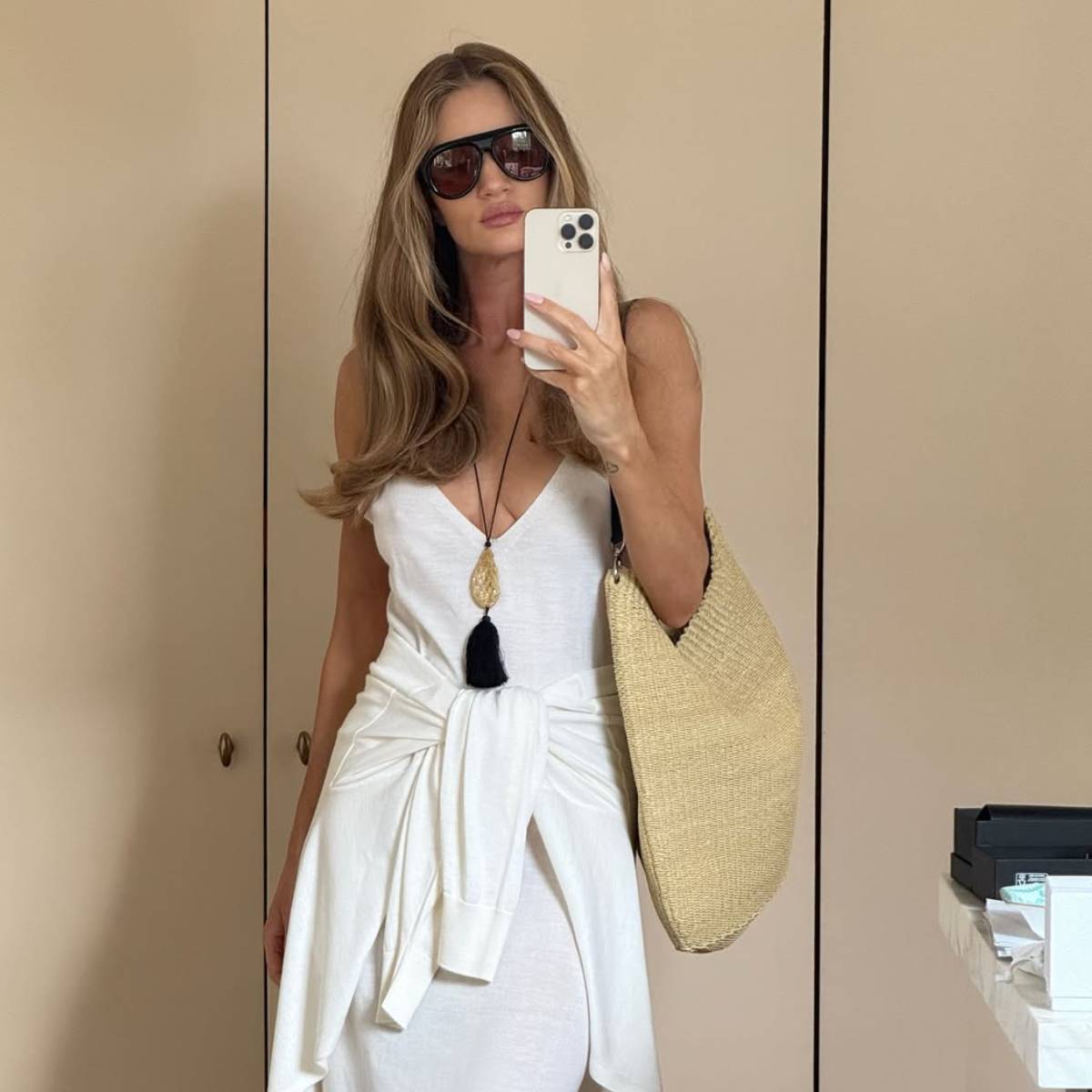Fantastic Look Provided by the Loverboy Hat
To understand the Loverboy hat, one must first understand the mind behind it. Charles Jeffrey is a Scottish designer, artist, and club kid who launched his label Charles Jeffrey LOVERBOY in 2015.

Fashion often transcends the simple act of dressing; it tells a story, represents cultural moments, and allows individuals to express identity in endlessly creative ways. In recent years, few accessories have generated as much buzz, admiration, and discussion as the Loverboy Hat. Instantly recognizable and unapologetically bold, this iconic headwear from Charles Jeffrey LOVERBOY has become a defining piece in contemporary fashion. More than just a hat, it encapsulates a philosophy of playful rebellion, queer identity, and avant-garde creativity. But what exactly makes the Loverboy hat so fantastically unique, and why has it become such a powerful fashion symbol?
Let’s delve into the world of Loverboy, explore the aesthetics of the hat, its cultural significance, and the fantastic look it provides for anyone daring enough to wear it.
The Origins: Who is Charles Jeffrey?
To understand the Loverboy hat, one must first understand the mind behind it. Charles Jeffrey is a Scottish designer, artist, and club kid who launched his label Charles Jeffrey LOVERBOY in 2015. Based in London, Jeffrey’s fashion narrative weaves together elements of British punk, Scottish folklore, and queer club culture. His collections often reflect his own life experiences, exploring themes of gender, identity, and transformation.
LOVERBOY started as a club night—a safe, inclusive space for queer people and creatives. This raw, experimental energy transitioned beautifully into fashion, where Jeffrey’s designs challenge norms and champion self-expression. The Loverboy hat, often seen in bright colors with exaggerated ears or dramatic shapes, embodies this spirit perfectly.
Anatomy of the Loverboy Hat
The Loverboy hat is far from your standard beanie or cap. Often constructed from wool or other cozy materials, it’s characterized by long, floppy ears or pointed shapes that evoke a fantastical creature, childlike innocence, or whimsical rebellion. In some versions, it resembles a jester’s hat, a nod to mischief and performance. In others, it takes on an almost animalistic silhouette—reminding the viewer of folklore creatures or mythical beings.
Colors vary dramatically, from primary brights to pastel pinks and deep gothic hues. Embellishments like embroidery, patches, and branding add to the hat’s distinctiveness. But its real magic lies in its structure: exaggerated, playful, and a bit absurd. It’s a hat that demands attention—and rewards it.
Why the Loverboy Hat Stands Out
1. Unique Aesthetic
Fashion is crowded with repetition, but the Loverboy hat is instantly recognizable. Unlike mainstream beanies or fedoras, it doesn’t try to conform to popular taste. Instead, it pushes boundaries, incorporating theatrical flair and childlike wonder. Its unique silhouette often looks like something from a fairy tale or avant-garde art gallery.
This sets it apart in a sea of predictable accessories. The Loverboy hat isn’t trying to “fit in” – it’s celebrating the beauty of standing out.
2. Gender Fluidity and Queer Expression
A core element of Jeffrey’s philosophy is breaking down the barriers of gender in fashion. The Loverboy hat is unisex in the truest sense. It doesn’t conform to binary standards of masculine or feminine. Instead, it plays in the in-between space—inviting the wearer to do the same.
Wearing a Loverboy hat is a subtle (or not-so-subtle) declaration of freedom: freedom to express queerness, fluidity, and eccentricity. It’s as much a political statement as it is a fashion one.
3. Connection to Youth and Play
There’s a youthful energy embedded in the Loverboy aesthetic. The hat, in its bright colors and whimsical shapes, evokes a sense of childhood playfulness. But it’s layered with irony, rebellion, and defiance—making it more punk than juvenile.
This interplay between innocence and subversion is one of the reasons the hat resonates with so many creatives. It captures the feeling of being both vulnerable and defiant, soft and strong.
Cultural Impact and Iconic Moments
The Loverboy hat has graced the heads of many influential figures in fashion and music. Celebrities like Harry Styles, Troye Sivan, and artists in the drag and queer communities have been spotted wearing it, further embedding it in pop culture.
On runways, the hat often plays a central role in Charles Jeffrey’s theatrical presentations. His fashion shows are part performance art, part protest, and the hat frequently anchors these stories.
Moreover, the Loverboy hat has gained traction on social media, especially platforms like Instagram and TikTok. Users proudly showcase their unique styling of the hat, turning it into a symbol of creative self-love and expressive individuality.
How to Style the Loverboy Hat
One of the best things about the Loverboy hat is its versatility—despite its boldness. Here are a few ways to incorporate it into your wardrobe:
1. High Fashion Meets Streetwear
Pair the hat with oversized blazers, statement boots, and tailored pants. This creates a contrast between the hat’s playful nature and the structured look of high fashion, resulting in an eye-catching ensemble.
2. Punk Revival
Go for a grunge or punk-inspired look with distressed denim, leather jackets, and dark eyeliner. The hat fits seamlessly into this aesthetic, amplifying the nonconformist vibe.
3. Soft and Dreamy
Lean into the hat’s youthful side by wearing it with soft knits, pastel palettes, and floaty silhouettes. Think cottagecore meets runway.
4. Queer Club Kid Couture
This is where the hat truly shines. Combine it with bold prints, glitter, mesh, and platform shoes. The more expressive, the better. The hat is a centerpiece in these looks—own it.
Why the Loverboy Hat is More Than Just Fashion
At first glance, the Loverboy hat might look like a fun accessory. But beneath the surface, it represents something deeper. It’s a rejection of conformity, a celebration of queer culture, and an artistic statement. It challenges what fashion “should” look like and invites people to embrace the weird, the whimsical, and the wonderful.
It also represents community. People who wear the Loverboy hat often feel part of something—whether it’s queer culture, fashion rebellion, or artistic exploration. In a world that often pressures people to fit in, the hat offers a gentle, fabric-covered reminder: it’s okay to stand out.
The Future of the Loverboy Hat
As fashion continues to evolve, the Loverboy hat remains at the forefront of the conversation about expression, inclusivity, and creativity. Its appeal is unlikely to fade because it’s not tied to fleeting trends—it’s tied to identity, imagination, and artistry.
Expect future iterations to continue pushing boundaries, incorporating new materials, designs, and meanings. And as more artists, musicians, and influencers embrace it, the hat will continue to spread its message of joyful defiance and radical self-expression.
Final Thoughts
The Loverboy hat is more than a quirky fashion accessory—it’s a cultural artifact. It’s a wearable piece of art that encapsulates the values of an entire movement: creativity, rebellion, queerness, and individuality.
To wear a Loverboy hat is to participate in a narrative larger than fashion. It’s a declaration of freedom, a nod to the past, and a leap toward a more expressive, inclusive future.
In an industry that often rewards sameness, the Loverboy hat dares to be different—and in doing so, it offers something truly fantastic.

























































































